-
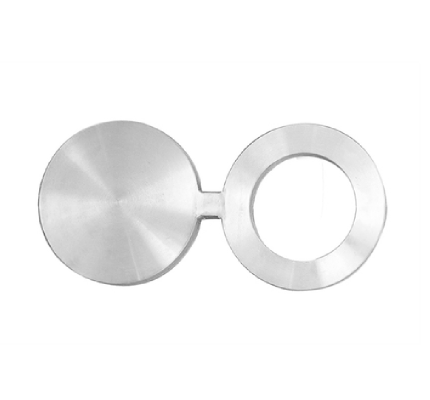 2025.3.17
2025.3.17Whether you’re an engineer, technician, or someone involved in industrial operations, knowing what a blind flange is and how it works can make a significant difference in your projects. We’ll explore the definition, types, applications, and dimensions of blind flanges, ensuring you have all the necessary knowledge to select and use them effectively in your piping systems. What Is a Blind Flange? Blind flanges are crucial components in piping systems designed to block off sections of pipelines or vessel openings. They are essentially solid discs used to cover or close the end ......
-
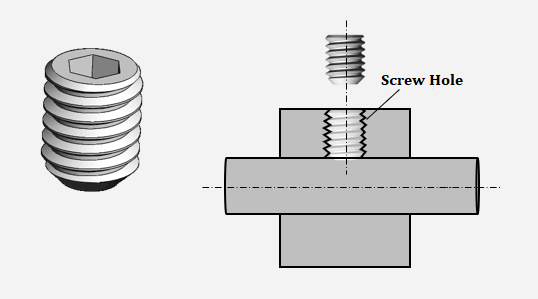 2025.3.13
2025.3.13Set screws are widely used in mechanical assemblies to secure components such as gears, pulleys, and collars onto shafts. Unlike standard screws, they do not have a protruding head, allowing them to be used in confined spaces. The purpose of this guide is to provide detailed information on set screw types, size charts, and torque specifications. Related Read Allen Bolt Screw Size Chart (mm & inch) | Allen Bolt Dimensions, HSN Code, Head Types, Key Sizes & Torque Chart What is Set Screw? A set screw is a fully threaded fastener......
-
 2025.3.10
2025.3.10Jam nuts are an important component in mechanical fastening, providing a secure way to prevent loosening in applications where vibration or movement occurs. This article provides a detailed look at jam nuts, including their purpose, sizes, torque specifications, and how they compare to other types of nuts. What is a Jam Nut? A jam nut, also known as a thin nut, is a type of fastener that is about half the height of a standard finish nut. While the circumference and thread sizes are the same as a standard nut, its reduced height makes it suitable for applications where spac......
-
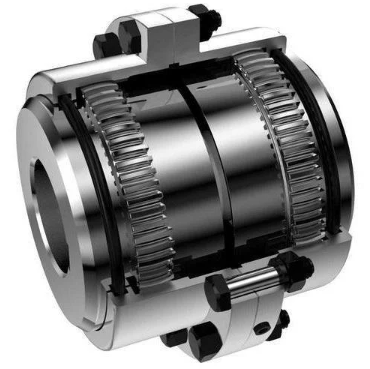 2025.3.10
2025.3.10Gear couplings are essential components in many industrial applications, which sizes are available, and how to select them? This article will talk about what gear couplings are, how they work, manufactured, their dimensions, and their differences from other types of couplings. Additionally, we will provide full and half gear coupling size charts to aid in selection and application. What Is Gear Coupling? A coupling in mechanical connection refers to a machinery device that connects two shafts together. The gear coupling is one of the types of couplings, used for the transmission of torqu......
-
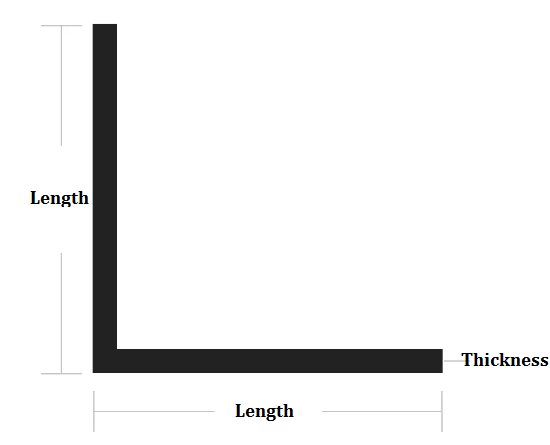 2025.2.25
2025.2.25Steel angle is one of the major shapes of structural steel, similar to beam and channel. Today, we’ll break down the steel angle types (equal & unequal), properties, grades, measurement, and cutting methods, as well as the metric/imperial steel angle (angle iron) size chart in mm and inches (PDF provided). What Is a Steel Angle? Steel angle, also known as angle iron or steel angle bar, is a type of structural steel that is commonly used in construction and manufacturing. Steel angles have an L-shaped cross-section, which consists of two legs that meet at a 90-degree angle. Ste......
-
 2025.2.21
2025.2.21In the world of robotics, precision is paramount. Custom sheet metal components serve as the cornerstone of robotic systems, forming enclosures, brackets, and intricate support assemblies that demand durability, accuracy, and adaptability. By integrating sheet metal fabrication with CNC (Computer Numerical Control) machining, manufacturers can achieve unparalleled precision, producing components with complex geometries, tight tolerances, and superior repeatability. This article explores the advantages, processes, and cost considerations of crafting robotic components using sheet metal a......
-
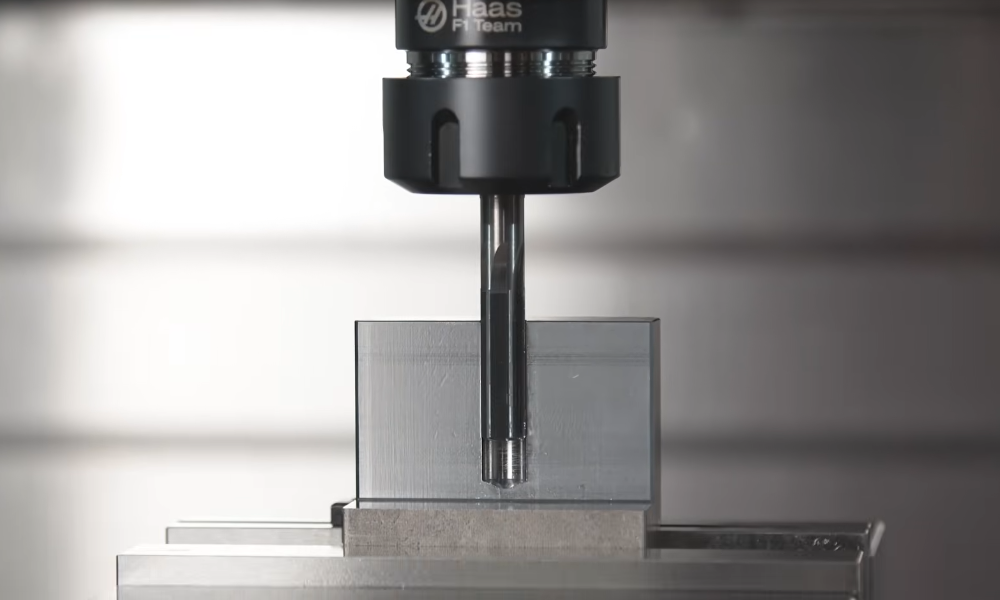 2025.2.20
2025.2.20Reaming is a machining process used to refine and perfect holes to precise dimensions, ensuring smooth surface finishes and accurate tolerances. Proper selection of cutting speed and feed rate is essential for achieving optimal performance, preventing tool wear, and maintaining workpiece quality. Here we provide a detailed reference for reamer speeds and feeds, including recommended revolutions per minute (RPM), feed rates, and allowance charts for different reaming materials and cutting tools. It also covers the key factors that influence these values, such as material properties......
-
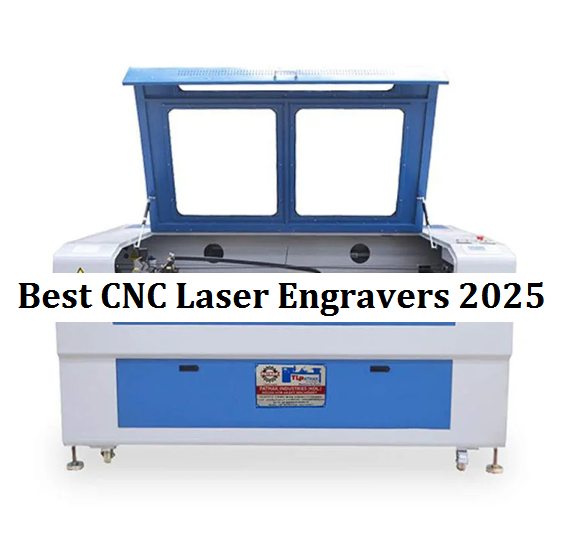 2025.2.19
2025.2.19Laser cutting and engraving machines have become indispensable tools for hobbyists, small business owners, and industrial manufacturers. With the rapid advancements in technology, 2025 offers some of the most powerful, efficient, and versatile CNC engravers on the market. In this article, we’ll show the top 8 laser cutters of 2025 from budget choices to industrial-grade products, and also provide advice on how to choose the best laser engraver for your specific needs. Updated (March 2025): Top 8 Budget and Industrial Grade Best CNC Laser Engravers (Cutters) in 2025 A laser engraver or c......
- Home
- Machining techniques
- CNC Machining Services
- Cooperative supply services
- Designs
- Materials
- Finishing Services
- Shop
- Products
- Guide
- About Us
- Contact Us

